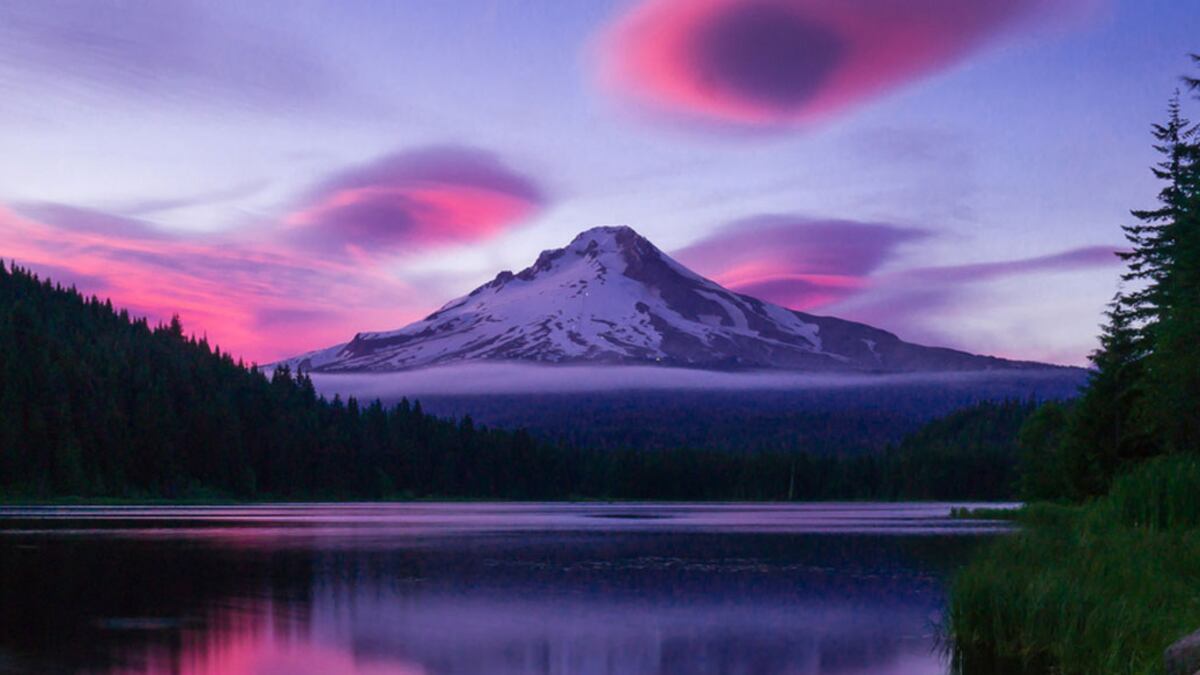In 2005, Mount Hood won the title of the fourth-most threatening volcano in the United States, according to a report from the United States Geological Survey.
So what is being done to monitor the mountain that looms over the city of Portland, in case it pulls a St. Helens?
Not much, according to a report from The New York Times.
"The volcano is hardly monitored," writes Shannon Hall in an article from The New York Times. "If scientists miss early warning signs of an eruption, they might not know the volcano is about to blow until it's too late."
Geologists at the Cascades Volcano Observatory want monitoring systems installed on Mount Hood to be able to track earthquakes, gas emissions and ground deformation, all early signs of volcanic eruption. But the Times says they've run into environmentalists wielding the 1964 Wilderness Act.
The Wilderness Act protects federally owned areas, like the Mt. Hood National Forest, from the effects of "increasing population" and "growing mechanization" to preserve their "wilderness character."
Opponents to the proposed monitoring sites argue that the installation and upkeep of this equipment will harm the natural environment.
"The structures will remain in the wilderness for decades likely requiring repeated motorized intrusions to install and maintain them over their lifetime, causing significant enduring impacts on wilderness character," Wilderness Watch, a national wilderness protection organization and lead objector to the proposed Mount Hood monitoring systems, wrote in a statement.
The U.S. Forest Service retorts that these sites will provide information critical for early warning systems.
"Given the well-documented hazards posed by volcanoes, continuous robust monitoring is critical for public safety and hazard mitigation. Early detection of unrest at Mt. Hood is particularly critical, given the popularity of Mt. Hood's backcountry areas," the USDA Forest Service wrote in a statement.
Mount Hood is located just 50 miles from Portland and if an eruption were to occur, "Portland could be affected by light ashfalls similar to those experienced during the 1980 eruptions of Mount St. Helens," according to the U.S. Geological Survey. However, more devastating effects could be felt closer to nearby recreational areas such as debris avalanches, lava flows and pyroclastic flows, avalanches of hot rock and ash.
